TAKE FLIGHT IN CROW POSE
Strengthen Your Wrists
KAKASANA
WHAT IS THE SECRET TO TAKING FLIGHT IN CROW POSE?
In order to take flight in Crow Pose, it may seem obvious that a great deal of emphasis needs to be placed on your hands, but what often happens is that a great deal of attention is placed elsewhere.
When you think about Crow Pose—Bakasana—you may first think about what you need to do to either strengthen and/or activate the core. This is true, but how often do you think about what is necessary for your hands, wrists, and forearms? This part of your body plays a vital role not only in whether you will find enough strength to sustain the posture for any length of time but also in protecting your wrists overall.
A great deal of time is spent in wrist extension in yoga. Most commonly, you see varying degrees of this in postures like the following:
- Variations of Plank/Vasisthasana
- Chaturanga Dandasana
- Fallen Angel (Devaduuta Panna Asana)
- Variations of Crow (Bakasana)
Matt talks a lot about starting postures from the ground up, and in Bakasana, this couldn’t be more true. You are balancing your entire body weight on your hands/wrists, so creating a solid foundation with your hands/wrists/forearms is non-negotiable. There are also actions in the hands that are mimicked/duplicated in the rest of your body as you layer on each action in the posture. You will see how everything is so closely related in Matt’s demonstration.
HANDSTAND & MEDITATION
ONLINE YOGA IMMERSION
BREAK THROUGH MENTAL & PHYSICAL BLOCKS
- Learn the most effective drills to safely build your Handstand
- Practice essential meditation techniques to break through mental barriers and build confidence
- Improve focus and breath support right side up and upside down
- Build strength and the necessary skills for balancing Handstand
- 12 classes: All levels appropriate
- Lifetime unlimited access to all
- Attend livestream OR practice the replays any time that’s convenient for you
SALE PRICE: $168.00
THE BALANCE BETWEEN WRIST FLEXORS AND EXTENSORS
When you understand how your body is working in each posture, it becomes a lot easier to see exactly how much everything is connected and how that both influences and supports the rest of your body parts in activating and responding the way you would like and need them to for stronger execution.
Because you spend a lot of time in wrist extension in yoga, the wrist extensors (which are located on the back side of the forearms) are often shortened, and the flexors of the wrist (located on the front of the forearms) are in a more lengthened position. It’s imperative that these muscles be strong enough to, as Matt puts it, “apply the brakes” in arm balances.
Sending your weight forward is required in Crow Pose, so the strength of the “opposing action,” or creating an eccentric contraction of the flexors of the wrist to almost pull you back (that “application of the brakes” if you will), is in essence doing the work of keeping you balanced in the pose. Without this opposition or strength of the wrist flexors, you would just continue to go forward and then downward with gravity and eventually fall.
So how do you activate and strengthen the flexors of the wrist? If you’ve practiced with Matt before, you’ll know that he often refers to creating a “suction cupping” of space, or a Hasta Bandha in the hands (an energetic hollow-like quality in the center of the palms).
“Hasta Bandha (Hand Lock) assists energy up through the soft center of your palms to bring strength and stability to your arms and upper body.”
Ekhar, Esther, The Bandha Approach You Haven’t Tried—That Could Change Everything, Yoga Journal, February 28, 2018
FOCUS ON YOUR HANDS
In Crow Pose and other arm balances like it, the more you lean forward, the more you are required to grip the fingers into the ground in order to achieve the appropriate activation.
Let’s look at some of the anatomy first.
Your carpals are all of the tiny bones at the wrist (base of the palm), and the carpal tunnels are the space for the nerves to go through.
When it comes to the hands in Crow Pose and other arm balances, we want to be lighter in the carpals (with less pressure, pulled away from the ground, due to the nerve lines that are present). In opposition to this, we want to get stronger and push into the ground at the head of the metacarpals (this is the surface/place you might describe as the knuckles or where the fingers [phalanges] meet the upper portion of the palm.)
You achieve this action by drawing the pinky and the thumb towards each other and down into the ground at the same time. This action can also be described as adduction (pulling in towards the midline of the palm). At the same time, the 3 fingers (pad of the index, middle, and pinky) are also pulling towards the palm of the hand.
This is creating a generous amount of activation and therefore strengthening of the flexors of the wrist (flexor digitorum profundus and superficialis). Although there are many other muscles involved (both flexors and extensors) that are co-activating, these are 2 that are great to keep in mind because the flexor digitorum profundus attaches all the way down to the fingers. This muscle also works in conjunction with the flexor carpi radialis and the flexor digitorum superficialis (as previously mentioned).
This fact demonstrates how essential it is, for your practice, to get into deeper awareness and connection with your body in an anatomical sense. This reinforces that nothing works in isolation and that one part of the body, one action, creates a domino effect for other activations, movements, and strengthening to occur.
WATCH THE VIDEO: STRENGTHEN YOUR WRISTS FOR CROW POSE
STRENGTHEN YOUR WRISTS IN CROW POSE WITH BLOCKS
Let’s now take the deeper awareness and solid foundation of the hands and create the domino effect with the rest of the body in Crow Pose. In today’s video, Matt demonstrates how helpful blocks are when it comes to strengthening the flexors of the wrist. If flying is not your thing, or it’s just not your thing within a specific practice, you can still work on strengthening the flexors of the wrist by using a set of yoga blocks under your feet and leaning your bodyweight for more extension in the wrists.
Here are the steps Matt outlines in today’s video:
- Place your feet up on the blocks
- Take your hands out in front, grip the ground with fingers (using all of the actions previously outlined)
- Place knees outside of the arms and squeeze into arms (mimicking the action of the pinky and thumb drawing towards one another)
- Lift bum up to sky
- Lean bodyweight forward (increased wrist extension and eccentric contraction of the flexors)
- *Now bring your awareness back to the hands; play with the fingers—grip the ground, press through metacarpals, lean forward, and keep strong in the flexors of the wrist
- Bonus is to lift the heels of feet towards bum to fly
MOBILITY
ONLINE YOGA IMMERSION
- Key techniques to increase flexibility
- Strength development for mobility and range of motion
- Learn postures: Hanumanasana (Splits), Extended Side Plank
- Active and passive mobility for shoulders, hips, and spine
- Improve spinal twists, heart openers, shoulder openers, and hip openers
- Find greater ease in seated postures
- Improve mobility and posture off the mat
- When and how to do active, passive, and isometric stretching
$148.00
THE BIG PICTURE—TAKE FLIGHT IN CROW POSE
- Squeeze knees into the arms
- Protract the shoulder blades
- Grip fingers into the ground
Inviting in what may be some new actions to this posture, or to any other posture where the wrists are in extension in your physical yoga practice, helps to create a new muscular pattern. Repeating these actions will help your brain allow you to more easily default to these actions and therefore find the strength, ease, and lightness that’s desired in any arm balance.
PARALLELS BETWEEN CROW POSE & HANDSTAND
The beautiful thing about creating these patterns in your body and practicing the proper mechanics in Crow Pose is that these same mechanics translate quite well into other arm balances.
If you take a look at my previous article, Kick Up Into Handstand, you’ll see exactly how Matt guides you through the same preparation for the wrists and forearms. You’ll see the importance of gripping the ground, the same alignment for the forearms, and the negotiation of the shift in weight required to balance (the balance of strength between the wrist flexors and extensors)—the same actions and techniques that help you to take flight in Crow Pose are the same fundamentals that help you see success and that assist with the crossover from one arm balance to another.
Matt’s next Immersion, Handstand and Meditation, offers you an incredible opportunity to work on these fundamentals time and time again. You can also dive deeper into these teachings in his next 200 & 300 Hour Teacher Trainings.
CHOOSE YOUR PATH
Continue Learning
Conquering Compass Pose
Conquering Compass PoseSURYA YANTRASANACONQUERING COMPASS POSE Conquering Compass Pose isn’t about forcing your leg behind your shoulder—it’s about understanding and participating in the muscular coordination that makes the posture possible. The real power comes from...
Leg Over Head Pose
Leg Over Head PoseEKA PADA SIRSASANALEG OVER HEAD POSE Leg Over Head Pose is one of those postures that challenges not only our bodies but also our mindset. When faced with a seemingly impossible pose, we tend to respond in one of three ways: dismissing it as...
Spanda In Backbends
Spanda In BackbendsSIDE PLANKSPANDA IN BACKBENDS Spanda in backbends is the key to creating both stability and freedom in spinal extension. Backbends are not just about bending; they require a balance between expansion and controlled engagement to prevent excessive...
Bound Half Moon
Bound Half MoonBADDHA ARDHA CHANDRASANABOUND HALF MOON The elements involved in Bound Half Moon are many. There’s a lot at work and more than meets the eye. Our ears, eyes, muscles, and proprioception help us to balance. When it comes to which element carries more...
Sciatic Nerve Pain
Sciatic Nerve Painhip strengthSCIATIC NERVE PAIN The sciatic nerve runs from the lower back through the glutes and down the leg, making it one of the longest nerves in the body. Because of its length, it can easily become irritated or pinched, leading to pain anywhere...
The SI Joint
The SI JointalignmentTHE SI JOINT What is the SI Joint? To understand what it is, we must discuss all that surrounds it. First, the Sacrum is a triangular-like shaped bone that sits between the two sides of the pelvis (the left Ilium and right Ilium). Now each Ilium...
THE FREE TECHNIQUE PACK
When You Subscribe, You Will Get Instant Access to
- the Technique Pack: 15 yoga pose breakdowns
- exclusive online course discounts
- exclusive blogs and videos

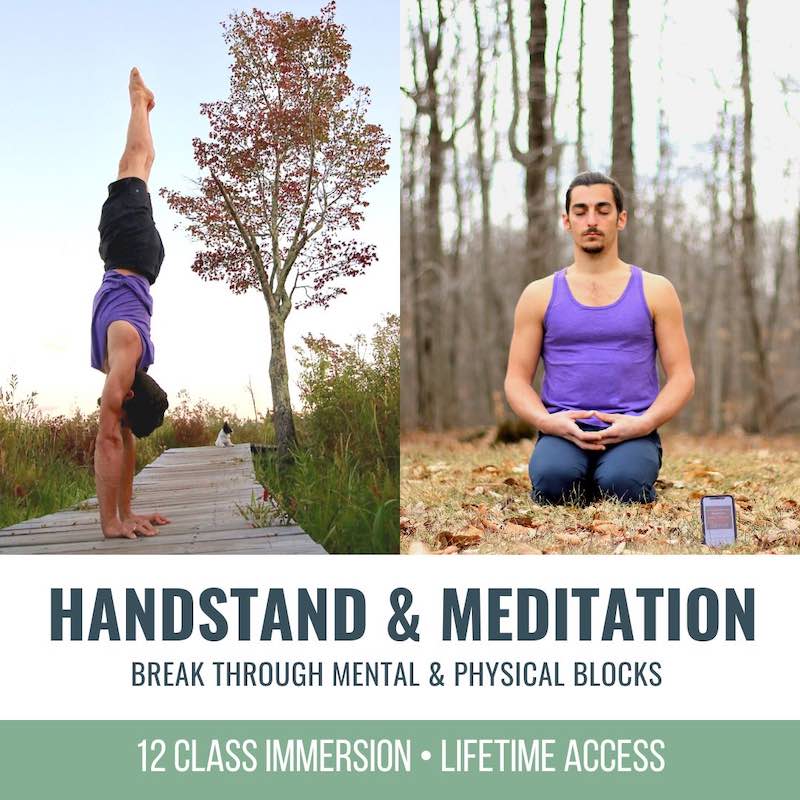


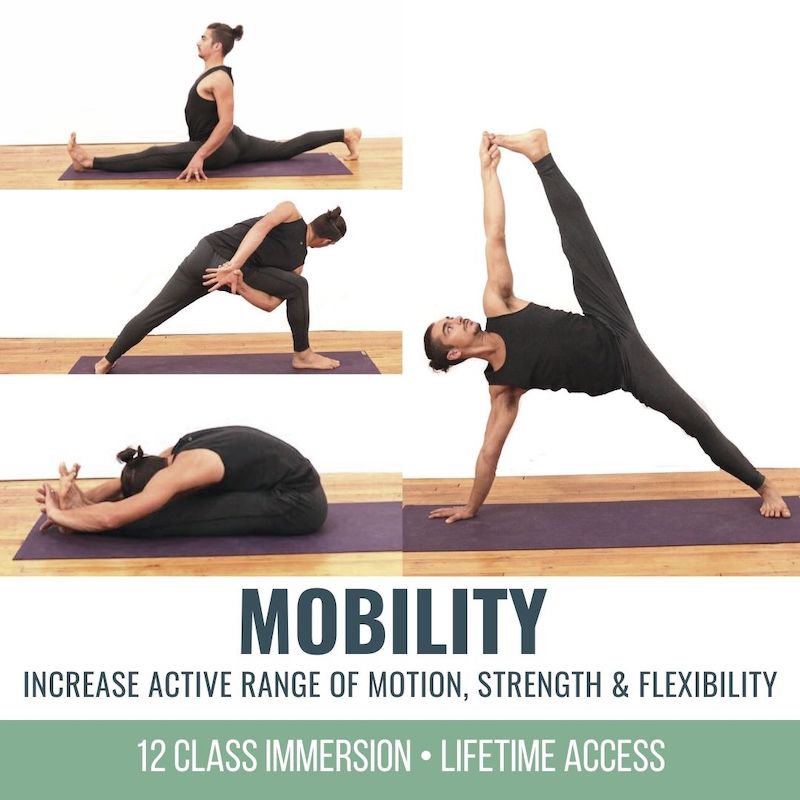
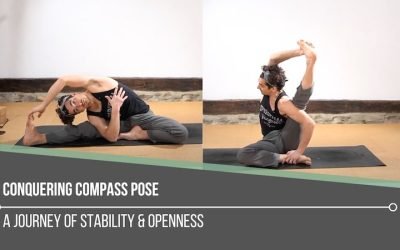
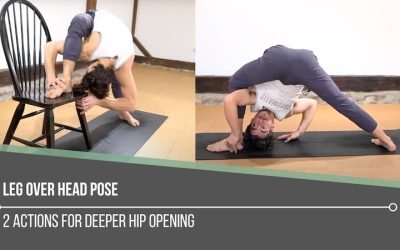
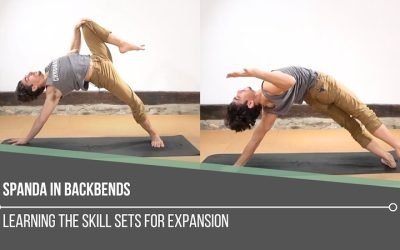
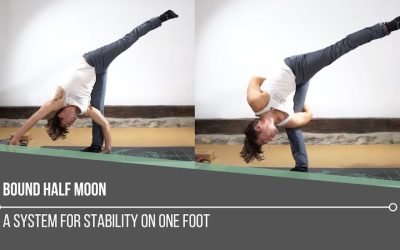
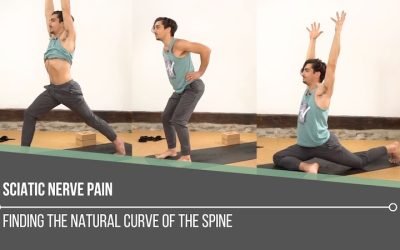
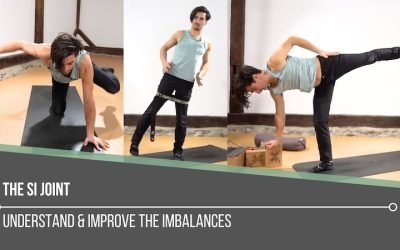


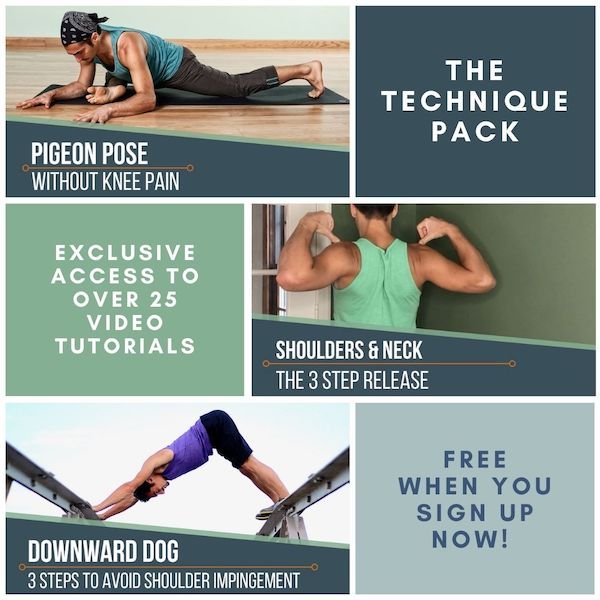
0 Comments
Trackbacks/Pingbacks